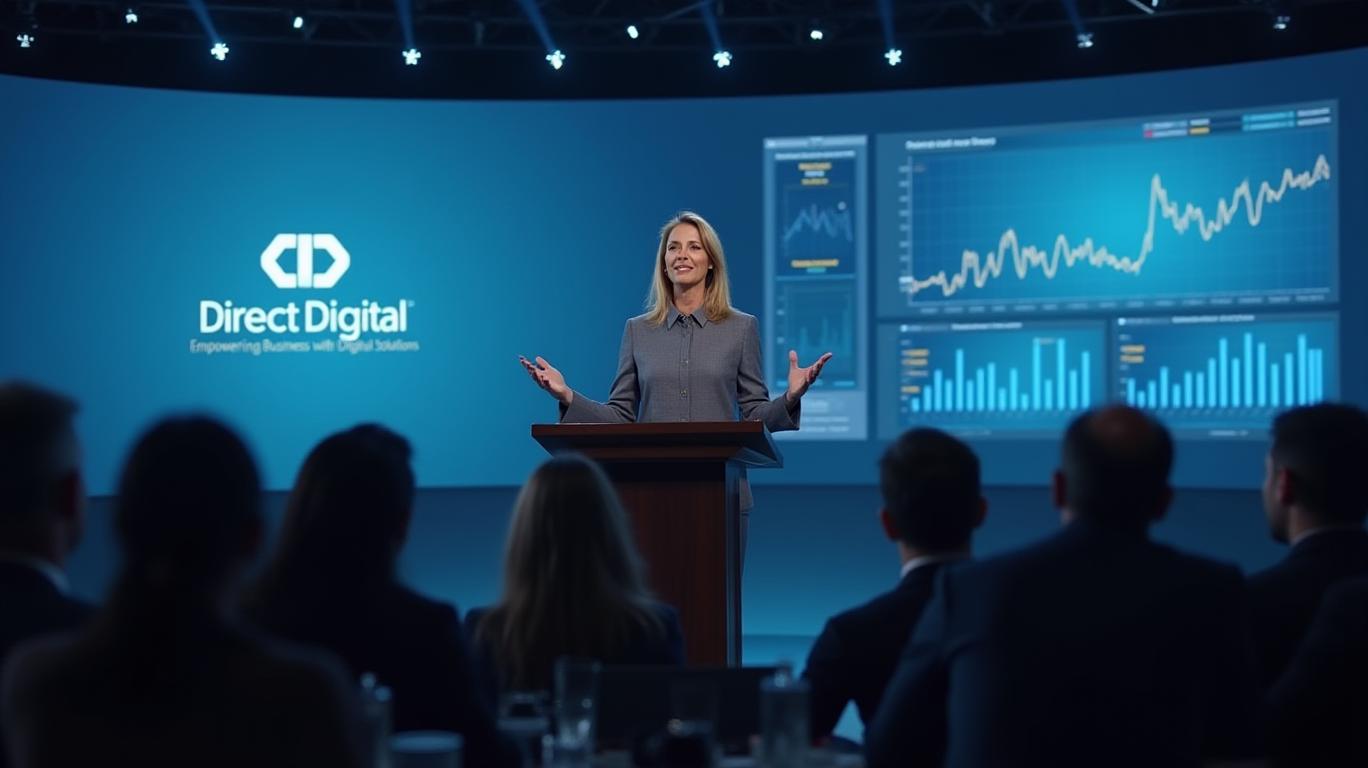BuildDirect.com Technologies Navigates FY2024 with Margin Gains Amid Revenue Headwinds
BuildDirect.com Technologies (TSXV: BILD) reported its FY2024 results, revealing a complex picture of resilience and challenge. While the company narrowed its net loss to $0.03 per share from $0.09 in FY2023, its adjusted EBITDA fell to $2.2 million from $3.6 million in 2023. The decline, driven by a 9.4% drop in revenue to $65.5 million, underscores the tension between margin improvements and macroeconomic headwinds. Yet beneath the top-line struggles, the story is one of strategic bets on operational efficiency and geographic expansion—moves that could position the company for future growth if housing markets stabilize.

Margin Gains Amid Revenue Decline
The company’s focus on cost discipline shone through its adjusted EBITDA streak: 12 consecutive quarters of positive results, a testament to its ability to manage expenses even as revenue contracted. Gross margin expanded to 38.7% for the full year, a 18 basis point increase, with Q4 hitting 39.2%—a significant jump from 35.2% in the same quarter a year earlier. This improvement was fueled by a strategic shift in its BuildDirect segment, which now accounts for 25.2% of revenue after prioritizing higher-margin, direct-sourced products.
However, the broader picture is less rosy. The company’s decision to scale back its e-commerce operations—responsible for a 23% revenue drop in that segment—highlighted a difficult trade-off. While this move aimed to streamline operations and reduce losses, it contributed to the overall revenue decline. The Retailers segment, which makes up the bulk of sales (76.8% of FY2024 revenue), also faced headwinds, with Q4 revenue down 4.6% as housing remodeling and new construction slowed amid higher mortgage rates.
Strategic Gambits: Pro Centers and Acquisitions
The company’s bets on geographic expansion and M&A activity could be its best chance to turn the tide. In 2024, BuildDirect opened a Pro Center in Brighton, Michigan, and acquired Anchor Flooring and Yorkshore Sales, which contributed $5.8 million in unaudited revenue and $661,000 in EBITDA. These moves are part of a broader strategy to solidify its presence in key U.S. markets. By early 2025, the company had already launched two additional Pro Centers, signaling confidence in the model’s scalability.
CEO Shawn Wilson emphasized the Pro Center network as a core growth driver, with organic expansion and acquisitions both in play. CFO Kerry Biggs noted that the new CAD$9.5 million revolving credit facility from Royal Bank of Canada provides flexibility to fund such initiatives without over-leveraging. Total debt stands at $11 million, with covenants on the credit facility tied to EBITDA ratios that the company claims it comfortably meets.
Risks and Challenges Ahead
The company’s path forward is fraught with risks. The Retailers segment’s reliance on housing activity remains its Achilles’ heel. Higher mortgage rates and a cooling remodeling market could further suppress demand, though the Pro Center strategy—geared toward professional contractors—may offer some insulation. Supply chain disruptions and tariffs on imported goods, particularly from China, also pose threats. Management cited “flexible supplier relationships,” but tariffs could eat into margins if passed to consumers.
Integration risks from acquisitions are another concern. While BuildDirect aims to complete post-acquisition processes within 60 days, delays or execution failures could undermine projected synergies.
Conclusion: A Fragile Foundation for Growth?
BuildDirect’s FY2024 results are a mixed bag. While its ability to maintain 12 straight quarters of positive adjusted EBITDA demonstrates operational discipline, the 9.4% revenue decline and shrinking net loss (due to non-operational factors) suggest underlying fragility. The company’s moves—expanding Pro Centers, pruning low-margin e-commerce, and leveraging M&A—are strategic, but their success hinges on macroeconomic recovery.
Investors should weigh two critical data points:
1. Margin Resilience: Gross margin expanded by 18 bps in FY2024 despite lower revenue, a sign that cost controls are working.
2. Debt Management: The new credit facility (CAD$9.5 million) and strict covenant compliance provide breathing room, but total debt remains a watch item.
The company’s 2025 priorities—expanding Pro Centers, optimizing procurement, and maintaining cost discipline—are reasonable, but execution will matter most. If housing markets stabilize and acquisitions deliver as promised, BuildDirect could capitalize on its operational strengths. However, with the U.S. housing market still sluggish and interest rates uncertain, the path to sustained growth remains narrow. For now, BuildDirect is a story of survival—not yet of triumph.



_23f7f7eb1749627884277.png)






